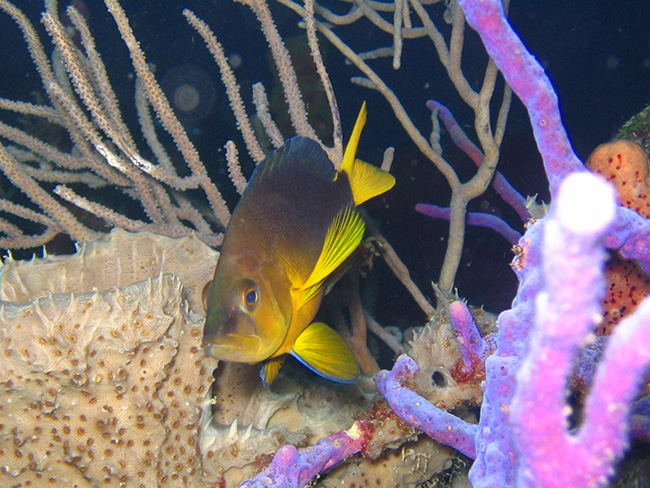Background
Our understanding of the origin of species comes largely from studies conducted on land or in freshwaters. Considering that a significant proportion of global biodiversity dwells in the oceans, surprisingly little is known about the origin of species in the sea. In this project we address this knowledge gap using the hamlets, brightly colored reef fishes from the wider Caribbean, as a model system. The hamlets have undergone a remarkable radiation, providing a marine equivalent to classic terrestrial and freshwater radiations such as Darwin’s finches, East African cichlids or Heliconius butterflies.
In particular, the hamlets encapsulate the entire spectrum of genomic divergence, from genomic similarity to well-diverged species, providing a rare marine window into the evolutionary sequence between interbreeding populations and reproductively isolated species. We leverage natural diversity in the hamlets to characterize the patterns and processes underlying genomic divergence during speciation.
Specifically, we address the following questions: (i) What is the genomic architecture of speciation? (ii) How does it evolve as species diverge?
(iii) What are the genomic elements underlying species differences? and (iv) Does speciation proceed in the presence of gene flow?
We address these four questions using a combination of de novo genome assembly and whole-genome resequencing.
This project builds on eight years of previous work on the hamlets, involves six international and national collaborators, and is part of a larger research program aimed at integrating hamlet genomics with the ecological and behavioral drivers of reproductive isolation.





